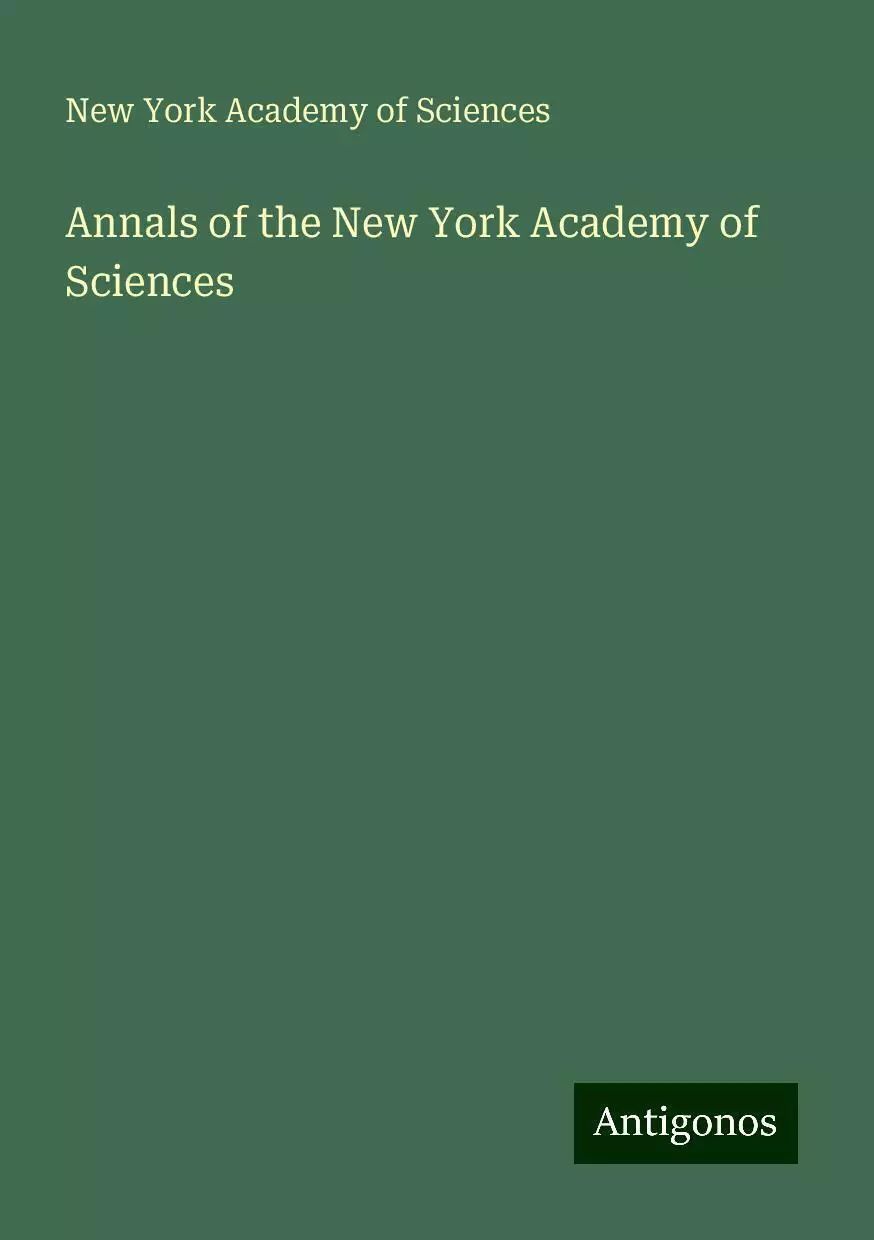- Department:(Dept. 1) Ecohydrology and Biogeochemistry
Contrasts in Ecohydrological Partitioning of Heterogeneous Urban Green Spaces in Energy-Limited Versus Water-Limited Hydroclimates
Seasonal and Inter-Annual Dynamics in Water Quality and Stream Metabolism in a Beaver-Impacted Drought-Sensitive Lowland Catchment
The authors monitored water quality parameters over 3 years in an intermittent stream network in the eutrophic, lowland Demnitzer Millcreek catchment, Germany. They focused on the effects of wetland systems impacted by beaver dams on the diurnal, seasonal and inter-annual variation in water quality dynamics and modelled stream metabolism.
Hydrological connectivity and biogeochemical dynamics in the function and management of the lower Oder floodplain
The authors investigated the role of hydrological connectivity dynamics on biogeochemistry in the Oder river-floodplain system through a multi-proxy approach to quantify water sources and ages, evaporation losses, water quality, surface water connectivity via remote sensing and sub-surface connectivity via geophysical surveys. This is important to sustain vulnerable wetlands.
Revising Common Approaches for Calibration: Insights From a 1-D Tracer-Aided Hydrological Model With High-Dimensional Parameters and Objectives
Dimensionality of parameters and objectives has been increasing due to the accelerating development of models and monitoring networks resulting in major challenges for model calibration. The study highlights limitations of high-dimensional calibration approaches, the role of data uncertainty and deficiencies in model structure of process-based ecohydrological models.
Demystifying the art of isotope-enabled hydrological and climate modelling
Stable water isotopes are well known tracers of the hydrological cycle producing critical climate science but they are not explicitly included in influential climate reports except for paleoclimate reconstructions. The authors argue that it is time to incorporate isotopes and isotope-enabled modelling into mainstream hydroclimatic forecasting to improve climate change predictions and evidence.
A Holistic Catchment-Scale Framework to Guide Flood and Drought Mitigation Towards Improved Biodiversity Conservation and Human Wellbeing
The authors suggest to combine conventional civil engineering methods, nature-based solutions, and biodiversity conservation actions at catchment-scale to leverage flood and drought mitigation and cater to improved biodiversity conservation and human wellbeing. We outline the needs in terms of legislation structure, adequate funding and governance structures to make this happen.

Stable isotope tempestology of tropical cyclones across the North Atlantic and Eastern Pacific Ocean basins
Hydrological connectivity drives intra- and inter-annual variation in water quality in an intermittent stream network in a mixed land use catchment under drought
The study investigated spatio-temporal variation of hydrological connectivity and linked water quality in an intermittent mixed land use, lowland catchment in NE Germany. In recent years streamflow became more intermittent with major implications for water quality. Spatial variation of water quality is related to soils and landuse. An extensive wetland area acted as a major ecohydrological buffer.

A desiccating saline lake bed is a significant source of anthropogenic greenhouse gas emissions
Desiccating salt lakes are an underappreciated source of greenhouse gases that could become even more relevant as a result of climate change. This study, examining greenhouse gas emissions from the drying lake bed of Great Salt Lake, Utah, calculates that 4.1 million tons of carbon dioxide and other greenhouse gases were released in 2020.






